
Lot 243
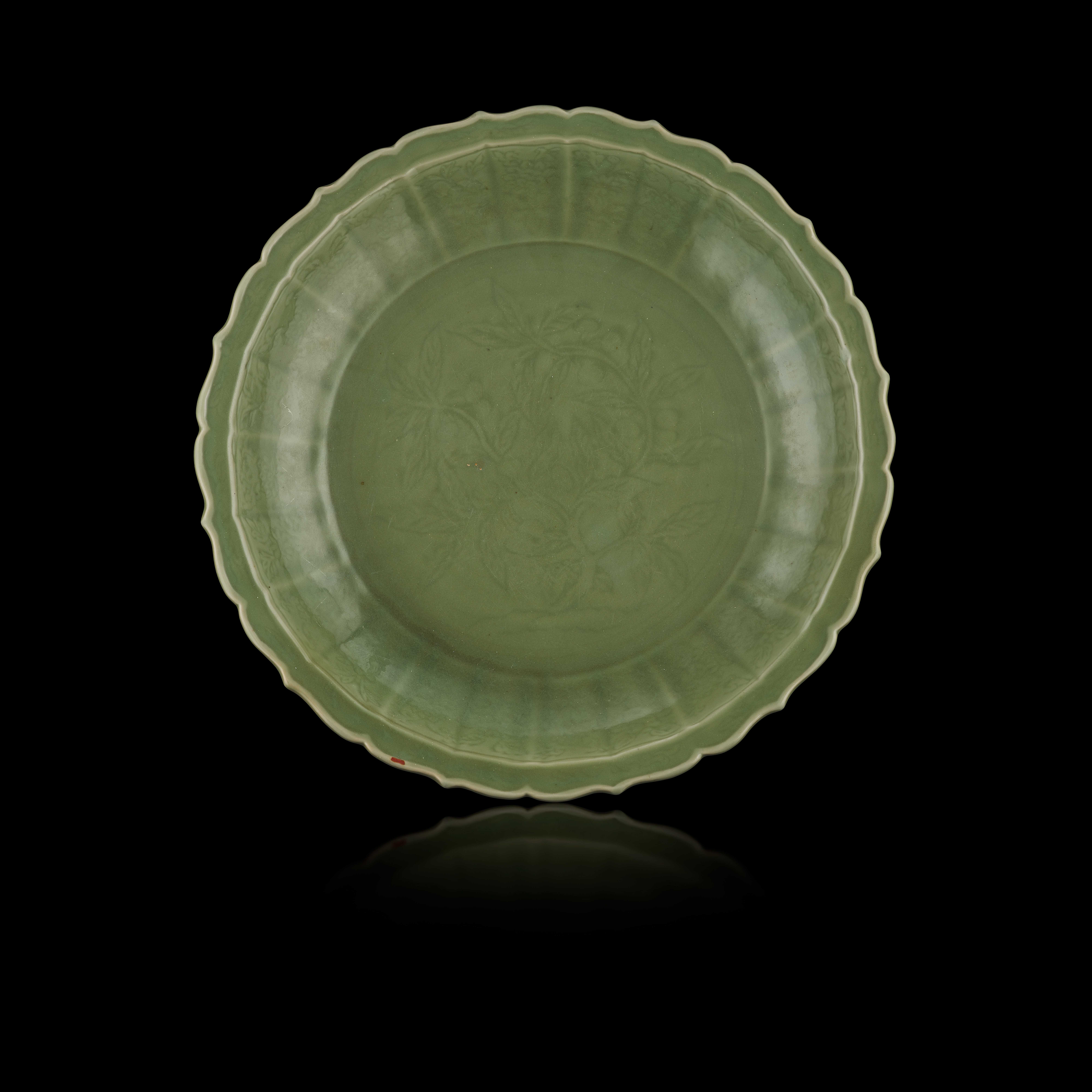
RARE AND LARGE CHINESE LONGQUAN CELADON-GLAZED 'LOQUAT' BARBED-RIM CHARGER
MING DYNASTY, 14TH-15TH CENTURY
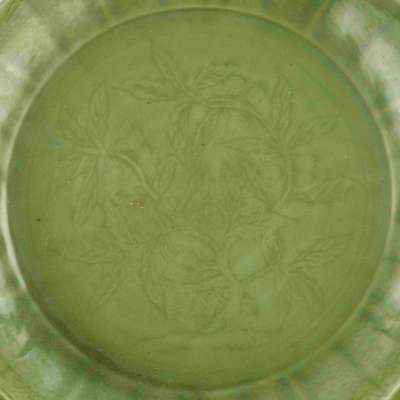
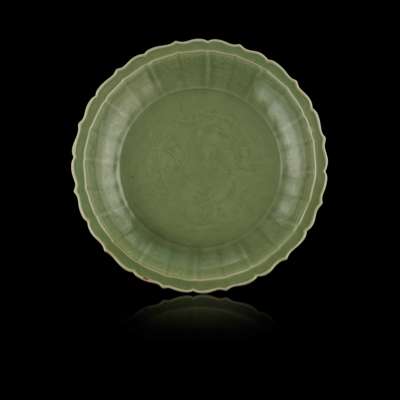
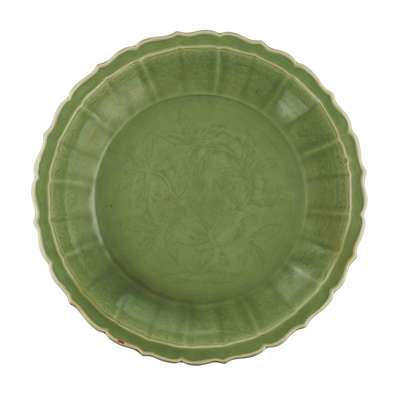
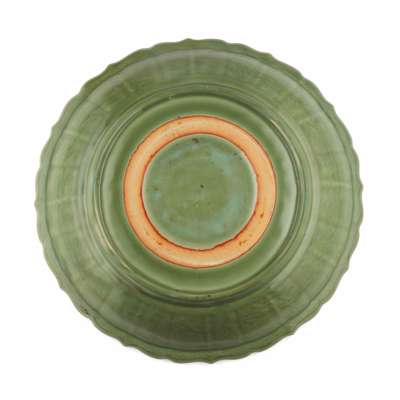


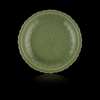
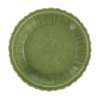
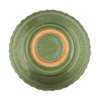
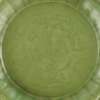
Auction: 16 May 2025 from 09:00 BST
Description
明 珍罕龍泉官窯青釉刻枇杷果紋花口大盤
sturdily potted, well-carved to the interior with a central medallion of a loquat pipa tree bearing clusters of fruit and broad, slender leaves under twelve barbed and lobed petal brackets, with vertically arranged flowering branches below the lipped everted rim, the reverse with upright floral sprays, covered overall in an even celadon glaze of sea-green tone, an unglazed ring on the base with burnt orange in the firing
Dimensions
47cm diameter
Provenance
Property of a Gentleman; formerly in the property of a European family, acquired circa 1900 and thence by descent.
士紳珍藏;前歐洲家族舊藏,二十世紀初入藏,後家族遞藏。
Footnote
This large Longquan charger is an exceptionally fine example of early Ming celadon, was probably made at the kilns at Chuzhou, Zhejiang province, which produced ceramics for the imperial court in the early Ming dynasty.
The form and decoration of this longquan dish closely mirrors the imperial blue and white porcelains from Jingdezhen made in the Hongwu (r. 1368-1398) to early Xuande (r. 1425-1435) periods. In the mid-14th century, during the period when the Mongols ruled China as the Yuan dynasty, the kilns producing Longquan celadons and those producing porcelain at Jingdezhen adapted some of their finest ceramics to accommodate the tastes of patrons from the west of China's borders - either those currently resident in China or those who received Chinese ceramics as gifts or as part of the export trade. One of the shapes that appeared at both kiln sites was the large dish with bracket-lobed rim.
Recent excavations of the longquan kiln site unearthed shards of large dishes, vases, and bowls very similar to their Jingdezhen counterparts. The precision of potting, even-tone glaze color, and execution of the carved designs are of the finest quality – any pieces not up to the standard were smashed and buried as kiln waste, a practice well-established at the Jingdezhen kilns for the imperial porcelains.
The Chinese name pipa for loquat fruit was taken from the tear-drop shape of the pipa lute. Golden in color when ripe, the fruit also symbolizes wealth and a harmonious family life. The loquat tree blooms in the winter, bearing fruit through the spring, and the plump, golden fruit ripens in early summer – in Chinese culture the loquat tree symbolizes prosperity in four seasons.
For longquan chargers of this type, only three other examples with loquat plant have been recorded: one sold at Christie's Hong Kong, 30 November 2011, lot 3011; one sold at Bonhams New York, 18 September 2023, lot 61; and one other in the collection of the Beijing Palace Museum, museum no. Xin新77158.
此件大型龍泉大盤是明初青瓷中極為精美的典範,可能出自浙江省龍泉處州官窯,該窯在明初為宮廷燒造瓷器。
此龍泉盤的形制及紋飾,與洪武至宣德初年景德鎮御製青花瓷十分相似。14 世紀中葉,即蒙古人統治中國元朝的時期,生產龍泉青瓷的窯場和生產景德鎮瓷器的窯場對一些最精美的陶瓷進行了改良,以適應中國西部邊境顧客的品味 - 無論是目前居住在中國的顧客還是那些收到中國陶瓷作為禮物或作為出口貿易的人。兩個窯址均出現了一種器形,即帶有托緣的大盤。
近期對龍泉窯遺址的發掘,出土了與景德鎮窯非常相似的大盤、花瓶和碗的碎片。製胎的精準度、均勻的釉色以及雕刻圖案的執行都達到了最精細的品質——任何不符合標準的碎片都會被砸碎並作為窯爐廢料埋掉,這是景德鎮窯爐燒製御用瓷器的傳統做法。
枇杷的中文名取自樂器琵琶的淚滴形狀。這種水果成熟時呈現金黃色,也像徵財富和和諧的家庭生活。枇杷樹在冬天開花,在春天結果,而飽滿、金黃的果實在初夏成熟——在中國文化中,枇杷樹象徵著四季的繁榮。 此類龍泉大盤,目前僅有三件已知飾有枇杷花果的記錄:一件於2011年11月30日在香港佳士得售出,拍品3011;一件於2023年9月18日在紐約邦翰斯售出,拍品61;另外一件藏於北京故宮博物院,博藏號:新77158。









